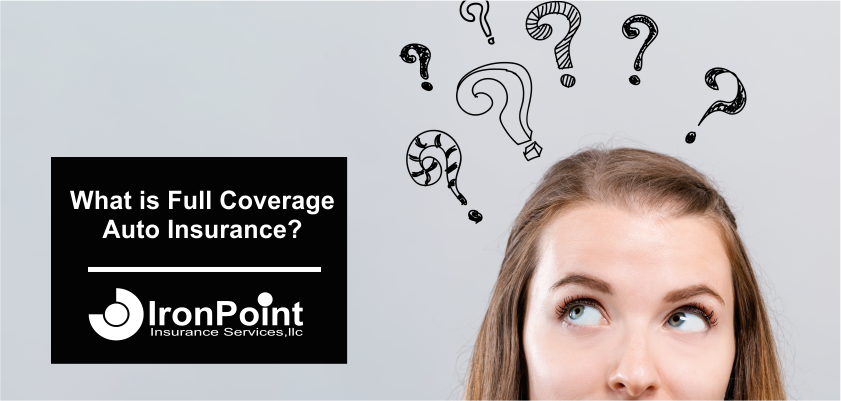It’s common for someone to ask for full coverage auto insurance. However, the concept of full coverage is a little misleading. In fact, no auto insurance policy actually offers coverage for everything.
When customers, agents, or even the insurance company, talk about full coverage, they’re really talking about liability coverage, any mandatory coverages, and comprehensive and collision.
If a customer is looking to buy full coverage auto insurance, they want protection for their vehicle, for themselves and others in the event of an accident or other type of covered claim.
What makes up full coverage auto insurance?
Liability and mandatory coverages
Liability coverage is the most basic component of full coverage auto insurance. This coverage protects the policyholder from financial responsibility in the event of an accident that is deemed to be their fault. This includes paying for any damages to repair other people’s vehicles, and medical expenses incurred as a result of your actions. This part of the policy is subject to the limit of liability the customer selected when they bought the policy. Moreover, there are minimum limits requirements set by the state’s regulations.
In addition to liability coverage, some states may require coverages like personal injury protection or uninsured motorist protection.
Coverage for your car
Collision coverage is another component of full coverage auto insurance. This coverage pays for any repairs or replacement of the policyholder’s vehicle in the event of an accident, regardless of who is at fault. This type of coverage is especially important for newer or high-value vehicles, as it can help to offset the cost of repairs or replacement.
Comprehensive coverage is a type of coverage that provides protection for a policyholder’s vehicle in the event of a non-collision incident, such as theft, vandalism, or weather-related damage. This type of coverage is optional in most states, but may be mandated by a lender or leasing company.
Both comprehensive and collision coverages are subject to a deductible. This is the amount you must pay as part of the repairs for a covered loss.
How much does full coverage auto insurance cost?
Liability-only are the cheapest auto insurance policies. Adding comprehensive and collision protection or any other optional coverages will increase the cost of your auto insurance. How much you pay for auto insurance depends on several factors, including the year, make, and model of the vehicle, and the limits and deductible you choose. Note, the cost of comprehensive and collision coverage will decrease if you choose a higher deductible.
If you buy an auto insurance policy with several coverages is more affordable than you might think. Insurance carriers offer several car insurance discounts that can help you get affordable car insurance with the right coverages for you.
Learn more about strategies to save money on auto insurance.
Additional coverage to consider
There are many more coverages than those commonly considered as full coverage auto insurance. Here are some options for additional coverage you can purchase to increase your protection and get closer to that mythical goal of “full coverage.”
- Uninsured and underinsured motorist bodily injury and property damage (UMBI/PD): Uninsured/underinsured motorist insurance pays for injuries and/or damage to your vehicle, up to specified limits, if you’re hit by a motorist with no insurance. This coverage will also pay when the other party doesn’t have enough coverage. See more on UMBI/PD coverage.
- Medical payments: Regardless of fault, medical payments can cover medical bills and funeral expenses if you’re in an accident. Coverage extends to family members and your passengers. In some states, personal injury protection substitutes for medical payments and covers you similarly. See more on medical payments.
- Loan or lease payoff coverage: Also known as “gap insurance,” loan lease payoff coverage can cover the difference between what you owe on your vehicle loan and its claims settlement value after a covered loss. See more on gap coverage.
- Rental car reimbursement: If you’re involved in a covered accident and unable to drive your vehicle, rental car coverage can reimburse you for the cost of a rental car while your vehicle is being repaired.
- Roadside assistance: If your vehicle is disabled for any reason, roadside coverage provides towing to the nearest repair facility or up to a set number of miles.
The bottom line
When shopping for auto insurance, to get as close to full coverage auto insurance as you can, it’s important to carefully consider the level of coverage that’s right for you. It is also important to compare auto insurance quotes from several different insurance providers in order to find the policy that offers the best coverage at the most affordable price.
It is also a good idea to regularly review and update your insurance policy to ensure that you have adequate coverage. If you need help reviewing your current coverage, you can contact us, or start a quote online.

